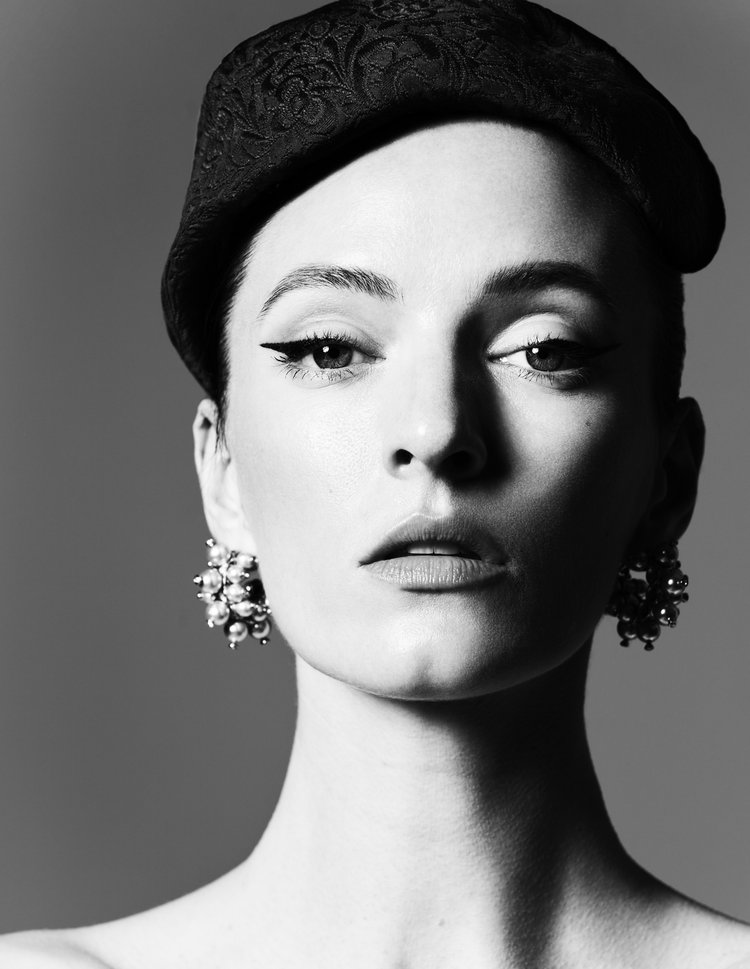
In the world of design, there’s a constant pursuit of fresh ideas and new perspectives. Experimental design is a powerful approach that embraces this creative challenge, encouraging designers to break free from traditional conventions and explore uncharted territories. By embracing unconventional methods, materials, and techniques, experimental design is reshaping industries ranging from architecture to fashion, art, and technology.
What Is Experimental Design?
At its core, experimental design is a process that challenges conventional design practices by integrating innovative concepts, materials, and technologies. The goal is to create designs that are not only functional and aesthetically pleasing but also intellectually stimulating, thought-provoking, and often boundary-pushing.
Key Elements of Experimental Design
One of the hallmarks of experimental design is the innovative use of materials. Designers working in this field often seek out new and unconventional materials, or they find unique ways to combine traditional materials. This can lead to groundbreaking designs that surprise and captivate audiences.
Unconventional Forms and Structures
Experimental design often focuses on pushing the boundaries of form. Rather than sticking to symmetrical, predictable shapes, designers explore asymmetry, distortion, and fluid forms that create dynamic, captivating visuals. Whether in graphic design, furniture, or architecture, experimental designers seek to create pieces that disrupt traditional concepts of space, structure, and balance.
Interdisciplinary Collaboration
Experimental design often thrives in environments where diverse disciplines converge. Collaborations between artists, engineers, scientists, and designers bring different perspectives to the table, allowing for the fusion of ideas that result in groundbreaking, experimental outcomes. This cross-pollination of ideas is vital to the creation of truly innovative work.
Conceptual and Emotional Impact
While aesthetics are crucial in any design, experimental design often goes a step further by aiming to create a deeper conceptual or emotional impact. It’s not just about making something beautiful; it’s about provoking thought, challenging perceptions, and evoking feelings in the viewer or user.
How Experimental Design Is Shaping Various Industries
In the world of fashion, experimental design has become a catalyst for change, particularly when it comes to sustainability. Designers are constantly searching for new ways to reduce waste and create garments that are both beautiful and environmentally responsible. By experimenting with unconventional materials, sustainable production methods, and innovative textiles, designers are paving the way for a new era of fashion that values both creativity and ethical responsibility.
Architecture: Designing for the Future
In architecture, experimental design is allowing architects to explore unconventional spaces, materials, and forms. From organic architecture that blends seamlessly with nature to futuristic buildings that incorporate renewable energy sources and sustainable materials, experimental design in architecture is transforming the way we think about the built environment.
Graphic Design: Reimagining Visual Communication
In the world of graphic design, experimental design is often associated with bold typography, striking visuals, and unconventional layouts. Designers are using the digital landscape to experiment with new forms of interaction, creating dynamic, interactive experiences that push the limits of what design can achieve.
Technology: From Virtual to Augmented Reality
Technology and experimental design go hand-in-hand, particularly in the fields of virtual reality (VR) and augmented reality (AR). Designers are experimenting with new ways to create immersive, interactive environments that blend the physical and digital worlds. These technologies are changing the way people experience everything from gaming to education and entertainment.
The Future of Experimental Design
The future of experimental design is limitless. As technology continues to evolve and new materials and techniques become available, the possibilities for innovation are boundless. Designers will continue to push the boundaries of what’s possible, creating bold, impactful works that challenge our understanding of design, aesthetics, and functionality.
Conclusion
Experimental design represents the fusion of creativity, innovation, and risk-taking. It encourages designers to think outside the box and challenge traditional boundaries, resulting in designs that captivate, inspire, and engage. As highlighted in Author Magazine, experimental design is more than just a process; it’s a mindset that pushes us to rethink the way we approach the world around us.





Leave a Reply